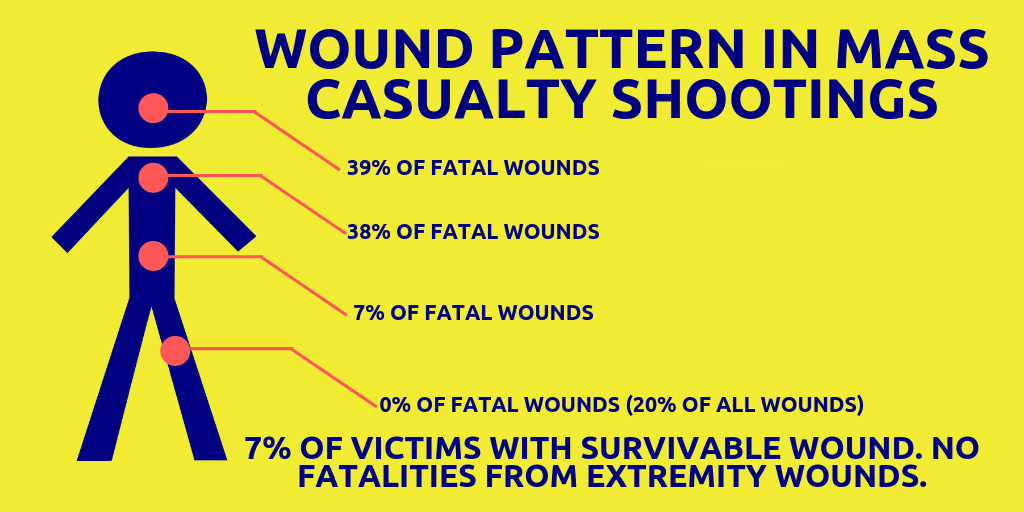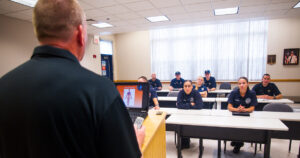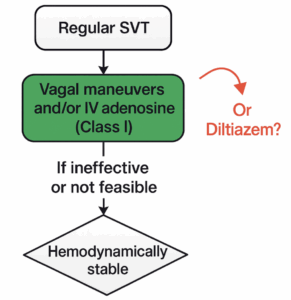Background & Objectives:
Civilian mass shootings are unfortunately on the rise and afflict the lives of many individuals and their families. Given the rising incidence and severity of these events, there has been much in the way of public initiatives at improving morbidity and mortality in individuals who have been critically wounded. Much of the prior emphasis on management of these patients in the prehospital environment has focused on external hemorrhage control with widespread education on use of tourniquets. The strong focus on civilian management of exsanguinating extremity hemorrhage during mass shootings is largely based on the blast injury patterns identified during the US operations in Iraq and Afghanistan which suggest that between 52% and 64% of injuries in combat are to the extremities. Whether these lessons translate to civilian mass shootings is unclear. The overall purpose of this paper was to precisely identify the anatomic wounding pattern, fatal wounds and incidence of potentially survival wounds in civilian mass shooting incidents.
Methods:
The investigators conducted a retrospective study evaluating autopsy reports performed by medical examiners or coroners in 12 different mass shooting events. The investigators utilized the term “mass shooting” as defined by the FBI to mean:
-
An incident occurring in a public space with 4 or more deaths (not including the shooter);
-
Gunmen who select victims at random
-
Violence without means to an end (i.e. not associated with robbery
Using reports made available by the New York Police Department and the FBI that provide detailed descriptions of civilian mass shootings dating back to 1966, the investigators identified 78 events that met the above definition for mass shooting events. 56 events that met the above definition had medical examiners or coroners that could be contacted. If the medical examiner or coroner was not listed or they could be not be contacted, the mass shooting event was eliminated from analysis. Request for official autopsy reports were sent to the respective examiners/coroners. Based on these reports, data was compiled regarding body site of wound, type of injury, probable site of fatal injury and whether wounds were potentially survivable.
Key Results:
In total, based on responses from medical examiners, a total of 12 mass public shooting events were analyzed in the study. A total of 139 fatalities with 371 total wounds were examined by the investigators. The key results from the study were as follows:
-
There was an average of 2.7 wounds associated within the group of fatalities
-
The case fatality rate for civilian mass shootings was 44.6% (compared to approximately 10% during Operation Iraqi Freedom and Operation Enduring Freedom as reported in other studies).
-
58% of all victims (with fatal and non-fatal wounds) had at least one wound to head or chest/upper back
-
20% (28/139) of all wounds were to the extremity, of which none were deemed to be fatal
-
77% of all fatal wounds were identified in the head or chest/upper back.
-
In total, only 9 of the 125 fatalities or roughly 7% (14 excluded given absence of autopsy data) were determined to be potentially survivable
-
The most common survivable injury was a wound to the chest (89% of all survivable injuries) without obvious evidence of vascular or cardiac injury
-
There was 100% agreement between the reviewers of the study regarding potential survivability of injuries

Takeaways:
-
Only 7% of victims in civilian mass shootings had a potentially survivable wound. No fatalities likely occurred secondary to exsanguination from extremity hemorrhage
-
The majority of wounds in civilian mass shootings occur primarily in the head, chest/upper back compared to combat environments where the majority of wounds occur in the extremities.
-
The case fatality rate for civilian mass shootings compared to military data was much higher, and associated with lower number of potentially survivable injuries
What this means for EMS:
While our nation faces a crisis with the issue of gun violence at the forefront of public discourse, regardless of what stance one may take on this issue, one thing remains abundantly clear: EMS providers are front and center when it comes to management of victims of mass shootings in the field. Historically, much of the focus on managing victims of mass shootings has been based on Tactical Combat Casualty Care (TCCC) guidelines based on the US military conflicts on the battlefields of Iraq and Afghanistan. These guidelines are largely predicated on the management of exsanguinating extremity hemorrhage with the use of tourniquets. This study despite all its limitations including retrospective design, missing data, and possibility of miscategorization of survivable and non survivable injuries, calls into question the applicability of these findings to the civilian arena where body armor is not worn. Based on the results of this study, EMS providers on the front lines who bravely care for victims of civilian mass shootings may encounter patients with wounding patterns that differ significantly compared to those seen in combat. While there is no question the importance of training and implementation of easy interventions such as tourniquets for the management of extremity hemorrhage, perhaps EMS providers must have a broader implementation of other treatment strategies that more accurately reflect the injury profile seen in civilian mass shootings, such as penetrating chest trauma. The authors of the present study carried out a more recent analysis looking at the victims of the Pulse nightclub shooting in Orlando, FL. The findings of this newer study which examined this single event (versus the 12 events in the examined in the present study) identified a disproportionately higher rate of individuals with extremity wounds (90% versus 20%). In this newer study, 4 patients were determined to have preventable death secondary to extremity hemorrhage (or in this case, junctional hemorrhage in the axilla). These patients who died did not have any evidence of tourniquet application, further emphasizing the point that despite the overall low incidence of death from extremity hemorrhage in mass shootings, it remains a quick and easy intervention that has the potential to save lives. The authors further concluded that in the Pulse nightclub shooting, similar to the 12 prior incidents, the majority of fatalities were again secondary to torso injuries highlighting the need for other interventions such as decompression of tension pneumothorax, basic airway management and management of hypothermia, which likely play a critical role in improving the dismal survival rates associated with civilian mass shootings.
References:
-
Smith ER, Shapiro G, Sarani B. Fatal Wounding Pattern and Causes of Potentially Preventable Death Following the Pulse Night Club Shooting Event. Prehosp Emerg Care. 2018;22(6):662-668. Available at: https://www.ncbi.nlm.nih.gov/pubmed/29693490
Summary by Article Bites Editor, Al Lulla MD (@al_lulla)



